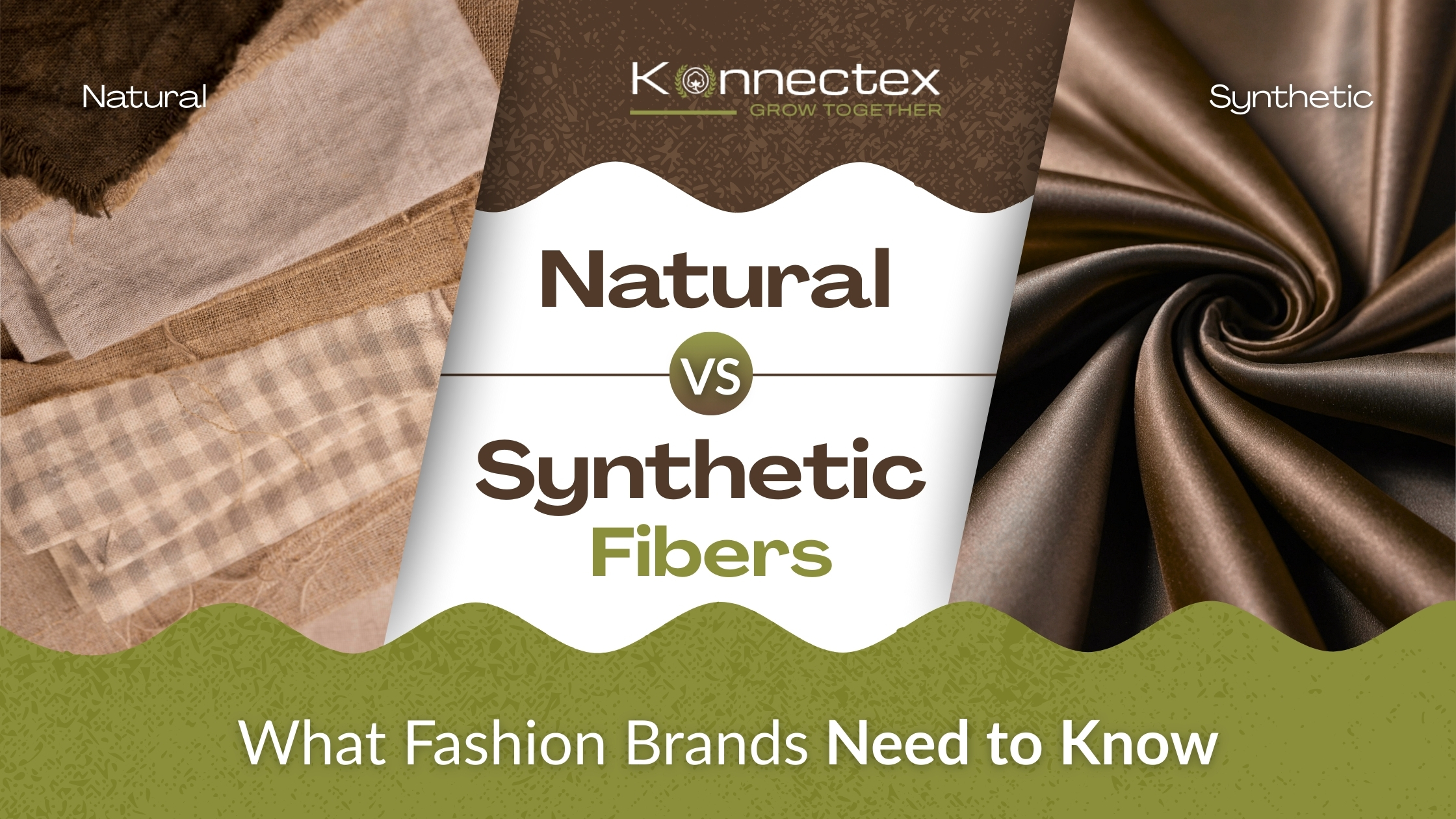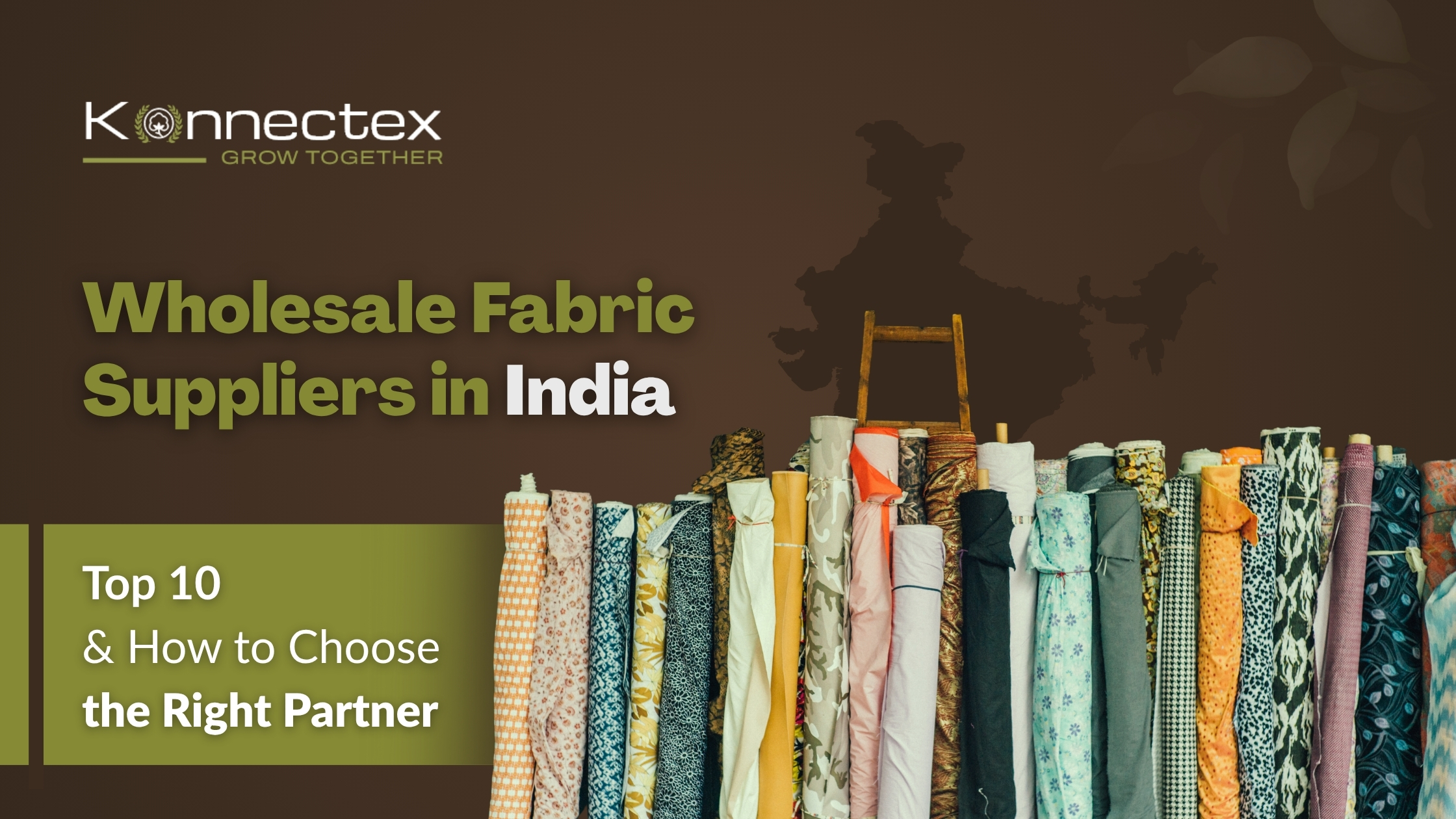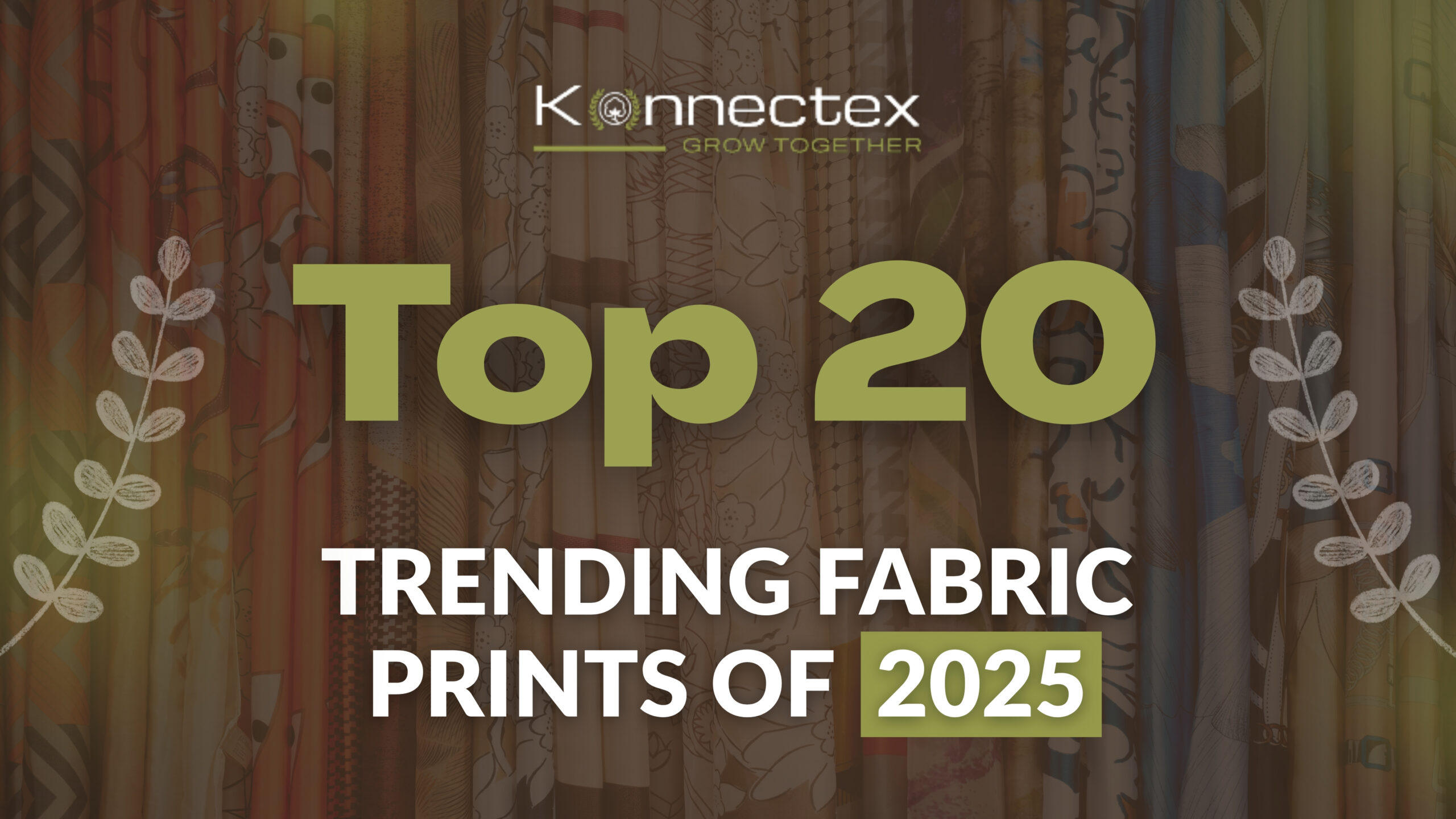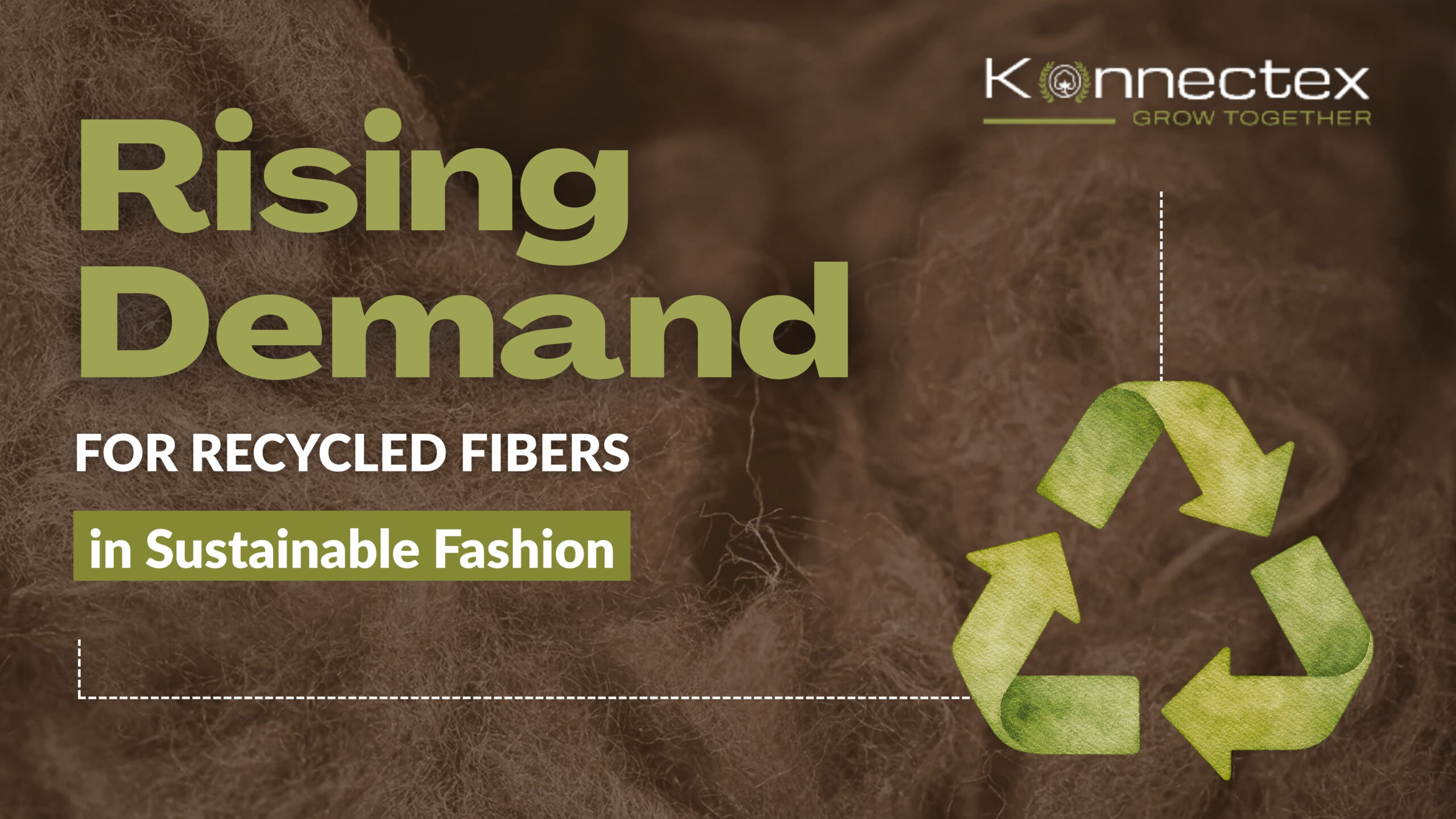India has long been a global hub for textiles, offering a wide variety of fabrics, designs, and production capabilities. For clothing brands and garment factories, sourcing textiles from India can be a smart move—not only because of cost advantages but also due to the country’s rich tradition of craftsmanship and sustainable manufacturing options.
Why Source Textiles from India?
Key Textile Hubs in India
India is one of the world’s largest textile producers, supplying cotton, silk, jute, wool, and synthetic fabrics. Many international fashion brands rely on Indian mills and exporters because they provide high-quality materials at competitive prices. Beyond cost savings, sourcing textiles from India also means access to diverse fabric types, eco-friendly production methods, and skilled labor that understands global fashion trends.
Different regions in India specialize in specific fabrics. Tirupur in Tamil Nadu is famous for knitwear, while Surat in Gujarat leads in synthetic fabrics. Jaipur is known for block-printed cotton, and Varanasi is renowned for silk weaving. Understanding these hubs helps clothing brands connect with the right suppliers and source materials aligned with their product needs.
Choosing the Right Sourcing Partner
The success of textile sourcing largely depends on the reliability of your sourcing partner. A good partner helps you navigate India’s vast textile ecosystem, ensures you connect with verified suppliers, and assists with negotiations, quality checks, and logistics.
For clothing brands and garment factories that want end-to-end textile sourcing support from India, platforms like Konnectex provide direct access to trusted manufacturers and suppliers, simplifying the entire process.
Understanding Compliance and Certifications
Global buyers increasingly expect sustainability and ethical practices in textile sourcing. Many Indian suppliers now follow international certifications like GOTS (Global Organic Textile Standard) and OEKO-TEX, ensuring eco-friendly fabrics and safe production processes. Verifying these certifications builds trust and helps brands meet consumer expectations for sustainable fashion.
Cost Factors to Consider
While India is known for affordable pricing, costs can vary based on fabric type, quality, order volume, and finishing requirements. Shipping and customs duties also add to the final expense. Brands should calculate the landed cost (fabric price + shipping + duties) to get a realistic picture of sourcing expenses. Negotiating bulk orders often results in better pricing.
How to Build Long-Term Partnerships
Successful textile sourcing is not just about one-time transactions. Building long-term relationships with Indian suppliers creates reliability and trust. Regular communication, fair payment terms, and timely feedback strengthen partnerships. Many global fashion companies work with the same Indian suppliers for years, ensuring consistency in fabric quality and production.
Final Thoughts
Sourcing textiles from India offers immense opportunities for clothing brands and garment factories. With its wide variety of fabrics, competitive pricing, and sustainable production practices, India continues to be a preferred destination for textile sourcing. By carefully selecting suppliers, checking compliance, and focusing on long-term partnerships, brands can secure a strong supply chain that supports both growth and innovation.
Frequently Asked Questions (FAQs)
1. What are the typical MOQs when sourcing textiles from India?
Minimum order quantities vary significantly depending on fabric type and production method. Standard fabric orders may require around 1,000–3,000 meters per color. However, for basic or stock-supported fabrics, suppliers often accommodate lower volumes, especially for repeat orders.
2. How can I verify the reliability of textile suppliers in India?
To vet a supplier, start by checking their Corporate Indian Number (CIN) and GSTIN details for authenticity. Request certifications like ISO 9001, OEKO-TEX, or GOTS, and consider a factory audit or inspection via firms like SGS or Intertek before placing a large order.
3. Which trade fairs are best for sourcing textiles in India?
India hosts several key exhibitions ideal for discovering suppliers and fabrics firsthand. Notable events include Bharat Tex (full value chain), India International Garment Fair (IIGF) for finished apparel, and Yarnex/TexIndia for yarns, fabrics, and accessories.





